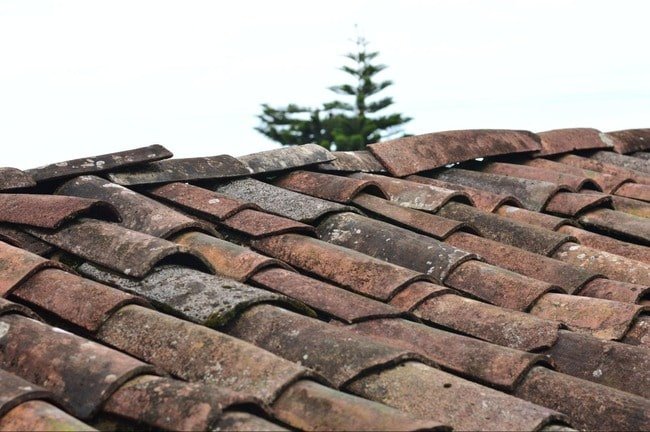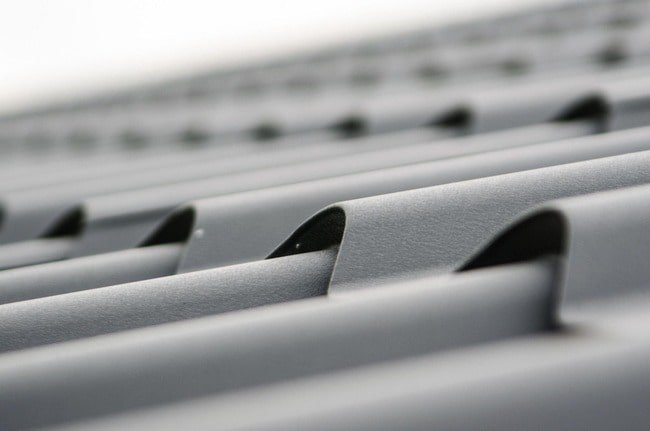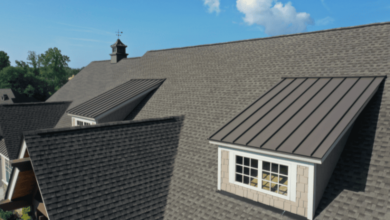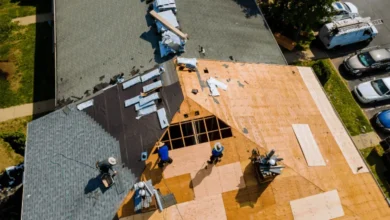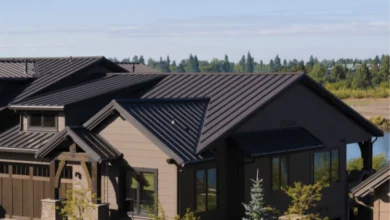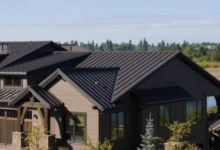Roof Replacement with A Trusted Roofing Contractor
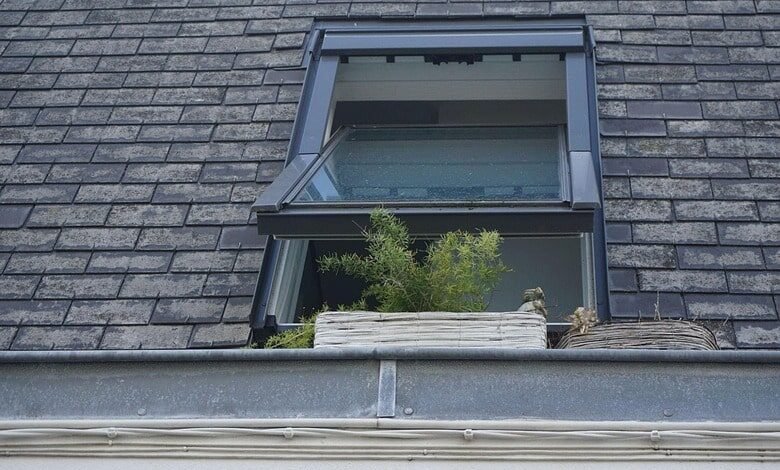
Roof depreciation describes the amount of which the value of your roof has lessened over time. When you make a claim, the insurance company figures the value of it decreased as a result of years of degradation.
Depending on the policy, you might be able to get back this lost sum through recoverable depreciation. Redeemable depreciation is the final sum the insurance company pays you once it has been determined that all work is completed.
A down payment for the roof’s current market value will be made to you. The insurance provides a second payment for the value of the roof when the work is completed. Just be aware that whether you may recover depreciation is based on the insurance coverage.
ACV policy
ACV is short for actual current value in the context of insurance. Under this policy, you will get reimbursement for the depreciated amount of your roof.
The insurance firm will only pay out for the roof’s actual market worth, according to this. Once the request is approved, you will get reimbursement for the real cash value as well as be liable for paying the difference in the cost of your roof.
RCV principles
RCV, or renewal cost value, is a term used in insurance. With this coverage, your insurance firm is guaranteed to pay the whole cost of rebuilding your roof.
However, unlike with ACV insurance, you do not get paid the entire sum up front. Your roof will be assessed first for its actual value and then for its depreciated value when the renovation is finished.
What role does redeemable depreciation play in a damage claim?
When the roofing damage claim is approved, the insurance company gives you an estimate of the amount of work required to restore your current roof to a completely new version of itself. You will be compensated for R&R Partner Roofing roof’s actual cost first, and the insurance company will withhold the remainder.
Once everything is done, you will have your roof fixed and any gaps in the claim filled in after hiring a contractor to handle the roofing. You or the roofing firm must provide evidence at the conclusion of the service to demonstrate that the project’s specified scope was really accomplished.
If everything is in order, the insurance company sends a second check to cover the balance of the roof replacement cost and the depreciation that was recovered. However, if the work is not finished or if you do not properly follow the scope of work, the insurance carrier is not bound to pay you the depreciated amount of the claim.
This requires you to use your wallet and may lead to accidental insurance fraud.
How to stay within insurance guidelines
Your roof has to have been replaced per the claim documents in order to qualify for recoverable depreciation. For this reason, the insurance provider requests evidence that the work was done correctly and in line with the estimate. Click here to read more on insurance claims.
However, failing to take the necessary action and then requesting the depreciation check might constitute insurance fraud. Some homeowners inadvertently commit this violation because the roofing specialist did not adhere to the description of work in a suitable manner.
However, if you purposely exclude goods in an effort to keep more money, you are committing insurance fraud. For this reason, a reliable roofer would want to see your insurance records. They do this to ensure that they are correctly observing the claim and giving your roof what it requires. You may also get help from a skilled roofer to fill in the gaps left by your insurance.
If you want to replace your roof with insurance money, think about TPO roofing.
You can stop insurance fraud now that you are aware of how recoverable depreciation works.
Even though recovered depreciation makes up a large amount of insurance claims for roofs, there is still plenty to learn.
Your roof needs regular maintenance or even an upgrade to perform correctly. You might want to consider giving your home TPO roofing if your roof needs some upkeep or repairs. By ensuring that your roof correctly protects the structure of your home and also helps to preserve energy, this ground-breaking procedure can help you save money over time.
What Elements Make Up TPO Roofing?
The thermoplastic polyolefin acronym is TPO. This innovative material is made of polypropylene, a chemical known for its flexibility and durability and widely used in the manufacturing of a wide range of items.
The ability of polypropylene to be slippery is also well known, and this property makes it good in repelling moisture from potential roof-damaging factors like rain or snow. The other important component of TPO is ethylene-propylene rubber, a synthetic elastomer connected to rubber.
By ensuring that your roof correctly protects the structure of your home and also helps to preserve energy, this ground-breaking procedure can help you save money over time.
TPO material is often made in sheets that come in a variety of sizes and is distinguished by its brilliant white color. This chemical’s resistance to oxidation, heat, ozone, and weather make it the ideal component for this sort of application.
TPO Roofing: How Is It Installed?
The current roof must be cleaned and, if necessary, have any prior covering removed before putting a layer of TPO material.
The TPO membrane is rolled out across the roof and then glued or mechanically attached to the roof’s cover board. The TPO material’s seams must be properly sealed with a hot air gun, commonly referred to as a hot air welder, in order to finish the installation process and adequately insulate the roof.
When Compared to Other Roofing Materials, How Do TPO Roof Sheets Fare?
Many homeowners who want to increase the level of protection on their roof without having to pay the high price of some of the extra alternatives find TPO to be an appealing option because it is frequently regarded as the least expensive of the different roofing materials (https://codes.iccsafe.org/content/FLBC2020P1/chapter-15-roof-assemblies-and-rooftop-structures) now available on the market.
Due to its affordable pricing and protective features, TPO is a viable solution that more companies are deciding to use. Because of its low cost and protective properties, TPO is a viable solution for roof protection that more people are adopting.


